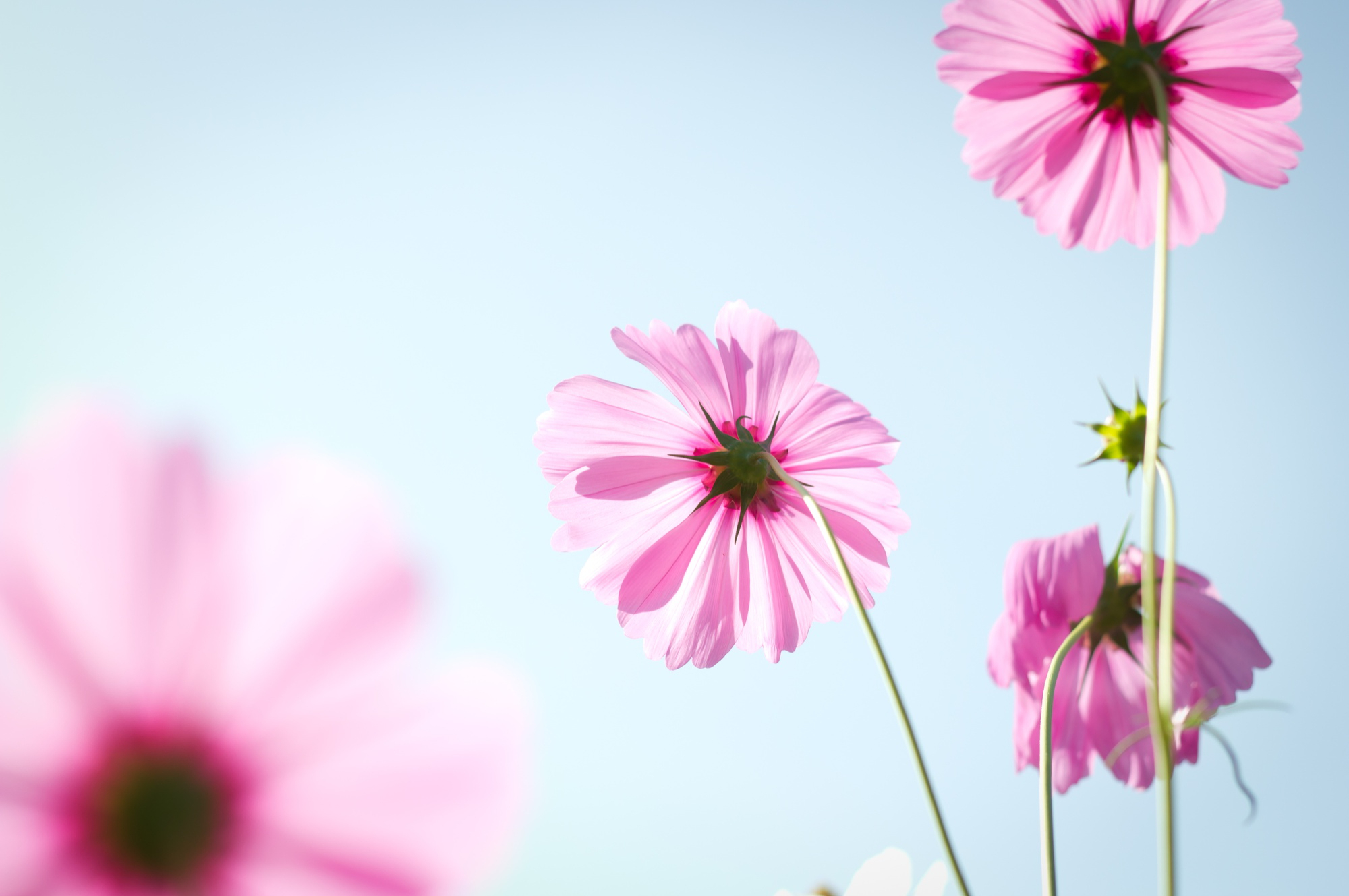Preparing your quilt
Welcome to our guide on preparing your quilt top for longarm quilting! Proper preparation is key to achieving a beautiful and professional-looking finished quilt. In this guide we’ll cover everything you need to know to get your quilt top, backing, and batting ready for the longarm quilting process. Whether you’re a seasoned quilter or a beginner, this guide will provide you with valuable tips and tricks to ensure your quilt is ready to shine.
preparing your quilt top
Step 1 - Ensure your quilt top is square
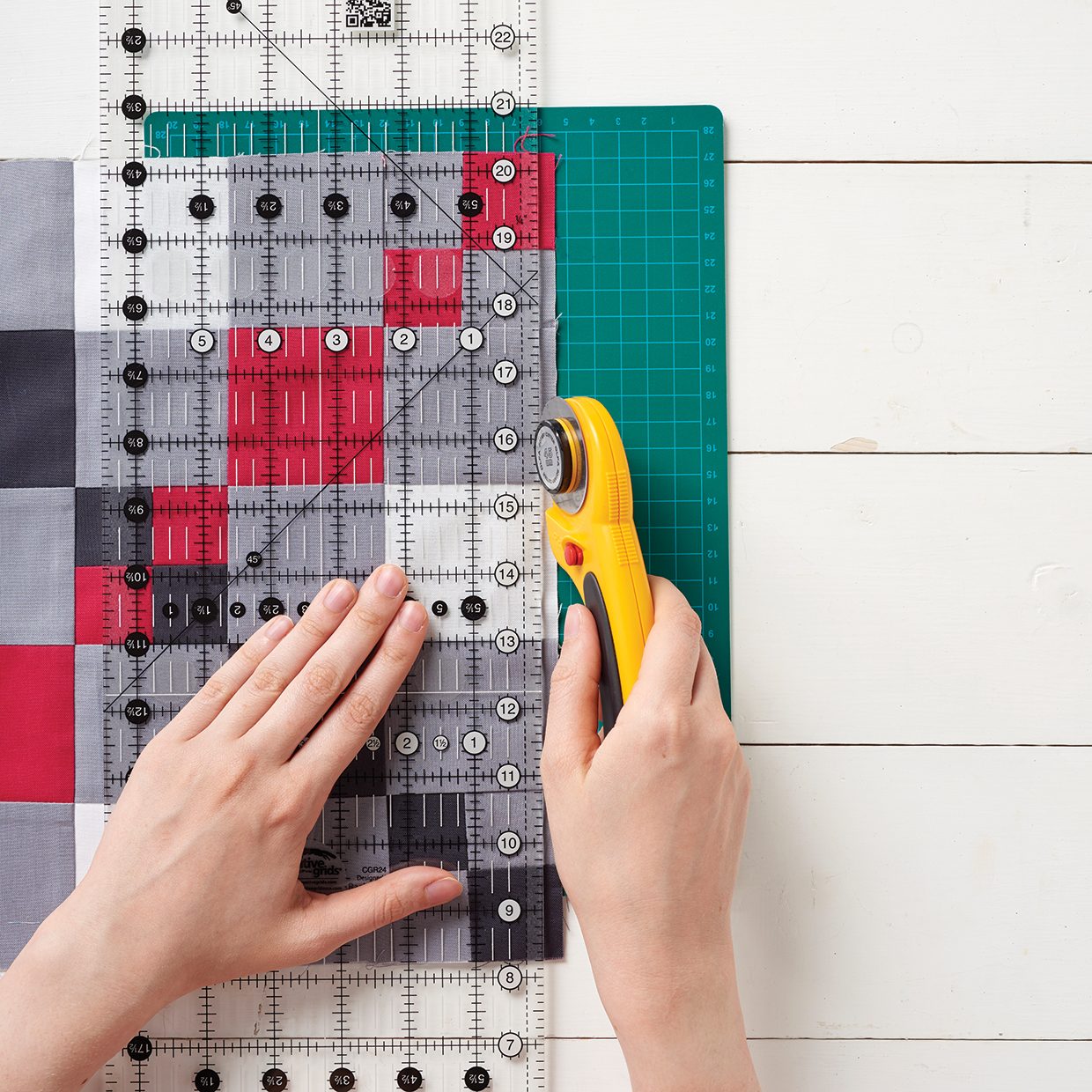
To achieve a polished and professional look, it is important to ensure that your quilt top is “squared up” before sending it off for quilting. This means that all sides of the quilt top are straight and at right angles to each other. Check this by measuring your quilt at each edge and the centre, horizontally and then vertically (the three measurements should be almost identical). The best way to achieve this is by following good practices when making your top- measure carefully when cutting your pieces; use a consistent 1/4″ seam allowance and press your seams; check sizes of units/blocks at each step and trim if necessary; and measure your quilt before cutting your borders.
Following these steps should ensure your quilt top lies nice and flat with no “waves”, which can be challenging to deal with during longarm quilting.
Step 2 - Pressing your quilt top

After piecing your quilt top, it is important to press it to ensure it lays flat and smooth. Make sure seams are pressed flat and are lying in the direction you want them. If there are any wrinkles or folds, gently smooth them out. Pressing your quilt top will not only help it look better, but it will also make it easier to quilt.
Step 3 - Checking for loose threads
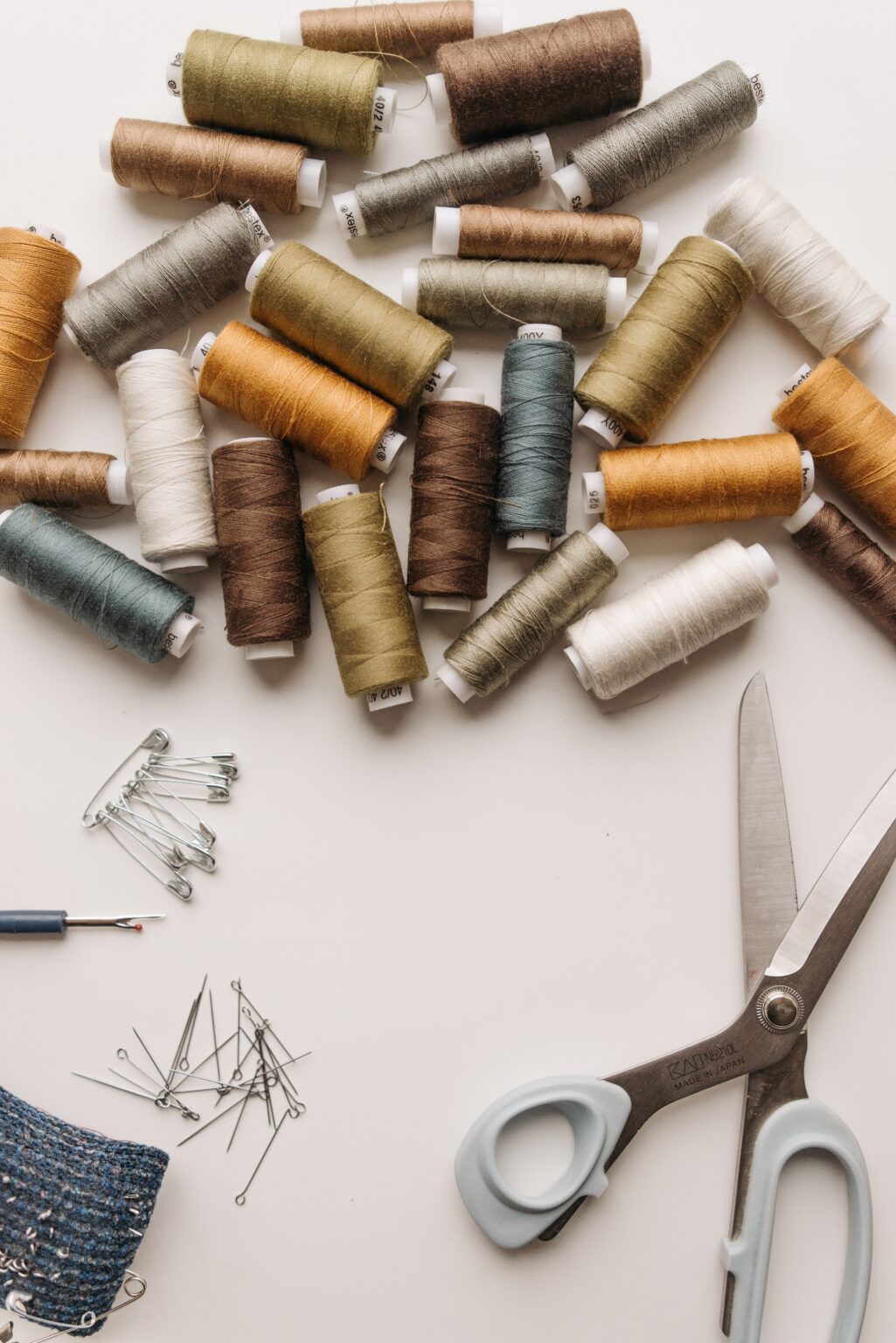
Inspect your quilt top for any loose seams, stray pieces of thread, or other imperfections. These can cause issues during the quilting process, such as becoming caught in the machine and causing snags. Doing this will not only help prevent any issues during the quilting process but will also ensure the finished product looks polished and professional. A little effort here goes a long way!
Choosing your batting

Your batting selection can influence the warmth, drape (how it hangs), loft (puffiness) and cost of your finished quilt, so you want to pick something to best suit your needs. Things to consider are how you want your quilt to look and feel; how the quilt will be used; and, of course, your budget.
When selecting batting, consider these key factors:
- Fiber content: Do you have a preference for natural fibers like cotton, wool, or bamboo, or synthetic fibers like polyester? How about a combination of them?
- Loft: How puffy do you want in your quilt? This can vary from low-loft (thin and flat) to high-loft (thick and fluffy).
- Weight: How heavy or lightweight do you want your quilt to be? This can affect its warmth and drape.
- Size: How much batting are you going to need? You can buy batting pre-cut or by the yard.
- Price: What is your budget for batting? Prices can vary depending on the fiber content, loft, weight, size, and brand.
For a comprehensive list of pros and cons of various batting types, see our Batting Guide page.
Choosing and Preparing Your Quilt Backing
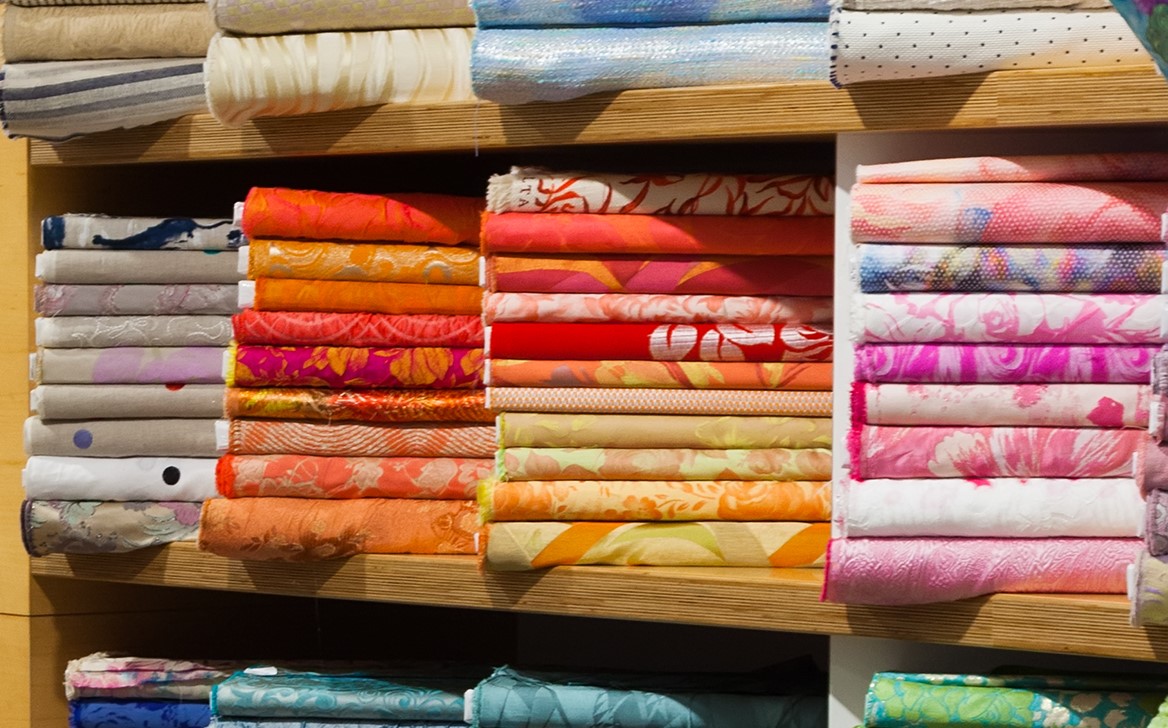
For some people the back of their quilt is just as important as the front. Here are some things to consider when selecting and preparing your quilt backing:
-
Fabric Type: Consider the type of fabric you want to use for your backing. Cotton is a popular choice, but other options include flannel or minky. Think about how the backing fabric will affect the overall look and feel of your quilt.
- Size: Make sure your backing is at least 4 inches larger than your quilt top on all sides. This extra fabric is needed for loading it onto the longarm machine.
-
Seams: If your backing fabric is not large enough, you will need to piece it together. Make sure to sew the seams together with a ½ inch seam allowance and press them open to reduce bulk.
-
Preparing: Once your backing fabric is pieced together, give it a good press with an iron. Check for any loose threads, and remove them.
We have a small selection of high-quality, 108″ wide fabrics available for purchase (alone or in combination with a quilting order) which can be viewed on our backing fabric page.
Thread Options for Your Quilt
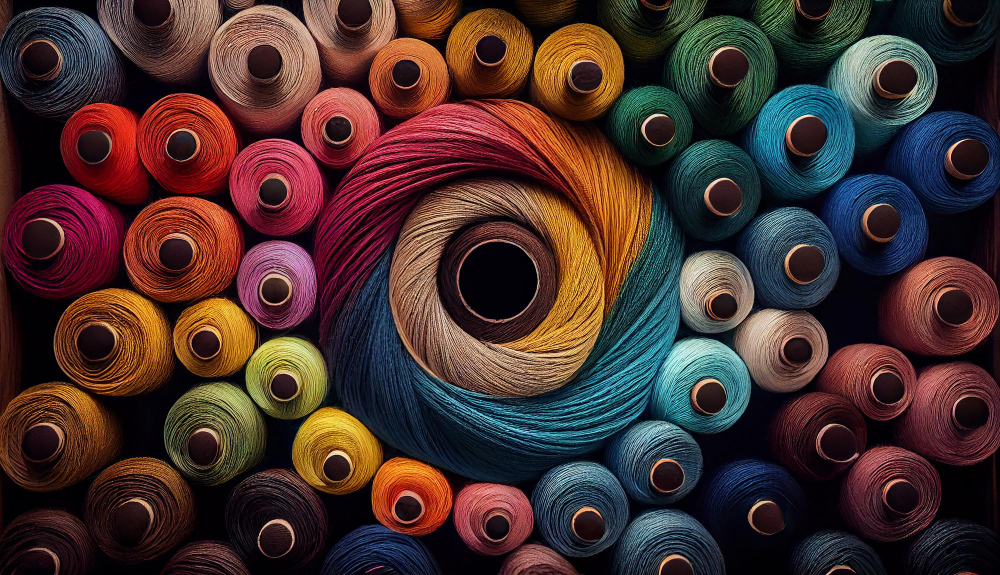
When choosing quilting thread, it’s important to consider the colour of your quilt top and the overall look you’re going for. You can either choose a thread colour that matches your quilt top, or select a contrasting colour to create a bold statement.
At Quilters Anonymous we use Glide thread which is available in beautiful range of colours.
Standard Threads: Our Standard range of single-colour threads provide a great choice for quilts in a more traditional style, or where you want the thread colour to act as a cohesive element across your patchwork.
Variegated Thread: If you’re looking for something a little bolder, you might want to consider using one of our Variegated thread options. These threads have multiple colours woven together, creating a subtle, blended effect. It can add an extra dimension to your quilt and is great for quilts with a lot of different colours.
